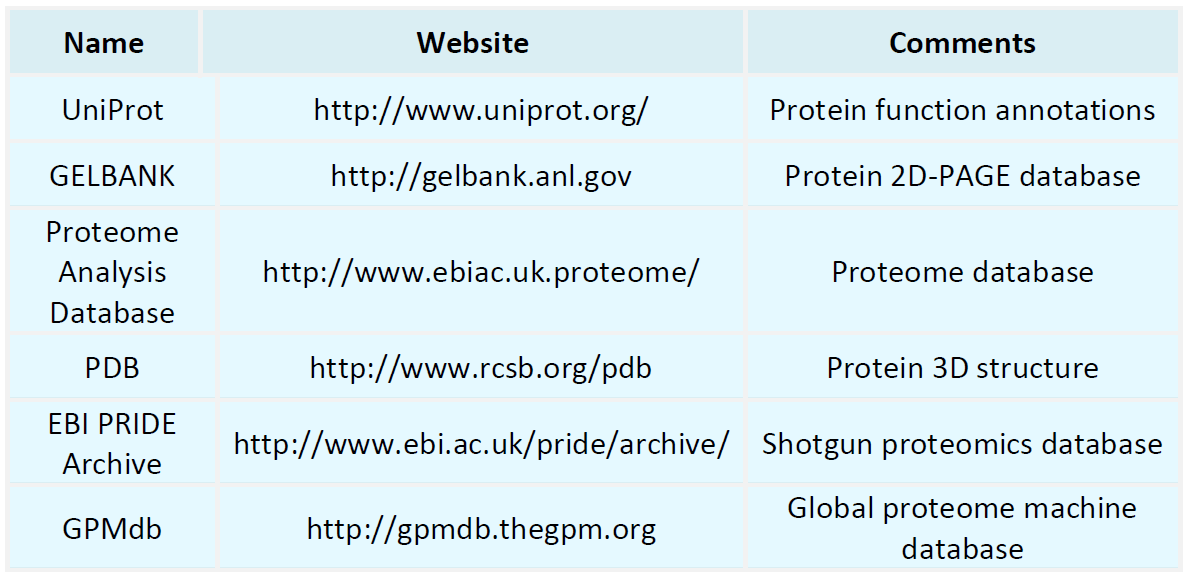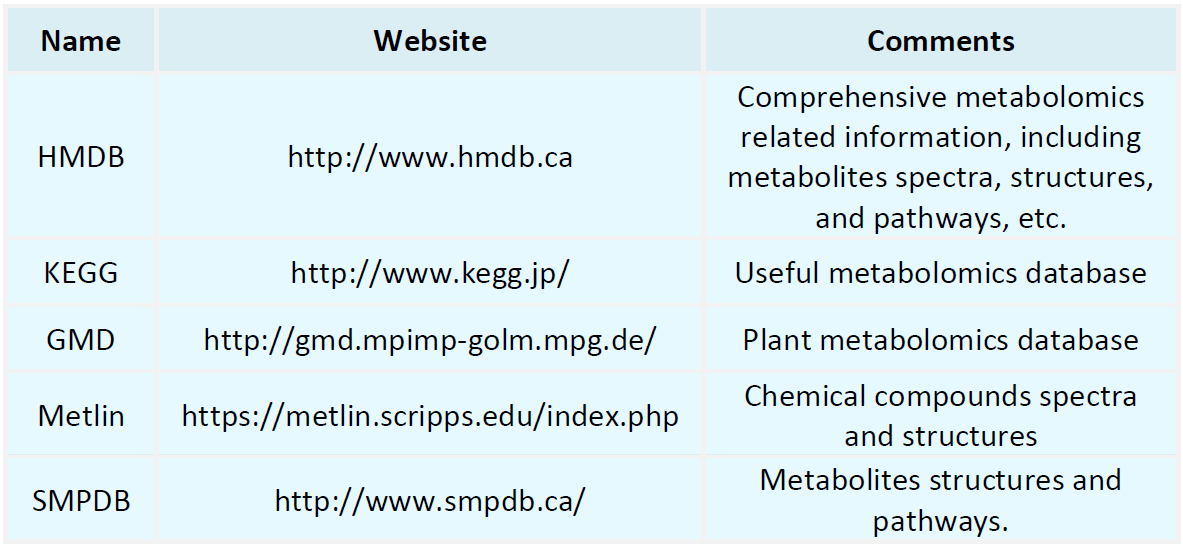Resources
Proteomics Databases

Metabolomics Databases

-
• Circular Dichroism Analysis of Peptide Drugs
Peptide drugs refer to a category of drugs that use peptides for the treatment of diseases. As one of the hotspots in drug development, peptide drugs have significant efficacy, strong specificity, and low toxicity. They are widely used in the treatment of various diseases, including metabolic diseases, neurological diseases, immune diseases, and tumors.
-
• Purity Analysis of Antibody Drugs (CE-SDS, SDS-PAGE, SEC, RP, etc.)
Antibody drugs are a class of drugs that treat diseases through artificially synthesized antibodies. They achieve therapeutic purposes by specifically binding to target molecules. Common types of antibody drugs include monoclonal antibodies, artificially synthesized antibody fragments, immunotoxins, antibody-drug conjugates, etc.
-
• NMR Analysis of Peptide Drugs
Polypeptide drugs are large biomolecules formed by the connection of dozens to hundreds of amino acids via peptide bonds. Their biological activity and stability depend on their three-dimensional structure, making the analysis of their structure crucially important.
-
• Glycosylation Sites (N-Glycosylation, O-Glycosylation) Detection for Antibody Drugs
Antibody drugs are a class of drugs that use antibodies to specifically recognize and bind to target molecules. Glycosylation is a critical type of post-translational modification that can affect the stability, biological activity, and immune response of antibody drugs. Glycosylation typically occurs at the N (asparagine) and O (serine or threonine) sites of the antibody.
-
• Recombinant Protein Drug Process Impurity Analysis
Recombinant protein drugs are produced using bioengineering technology, a process that may introduce certain process impurities. These impurities include host cell proteins (HCP), host cell DNA (HCD), protein A, and some substances added during production, such as defoaming agents. These impurities may affect the safety, stability, and biological activity of the drug.
-
• Determination of the Extinction Coefficient for Recombinant Protein Vaccines
Recombinant protein vaccines are a type of vaccine that does not contain a complete pathogen and are made up of specific protein antigens produced by a heterologous expression system. Common heterologous expression systems include bacteria, mammalian cells, plant cells, and insect cells, and the appropriate heterologous expression system often needs to be selected according to the type of antigen produced.
-
• Proteomics Mass Spectrometry: Decoding Protein Structures
Proteomics mass spectrometry technology plays a vital role in understanding the structure and function of proteins, uncovering the mysteries of life, studying disease mechanisms, and developing new drugs.
-
Methylation analysis is an experimental method used for detection and study of DNA, RNA, and protein methylation. Protein methylation involves adding a methyl group to specific amino acid residues in a protein, typically lysine or arginine. This modification has significant effects on protein function, interactions, and localization. Below are some commonly used techniques for protein methylation analysis:
-
TMT (Tandem Mass Tag) is a commonly used mass spectrometry quantification technique in proteomics. It labels proteins or peptides in different samples using a series of chemical tags, then detects and compares them in mass spectrometry analysis. This method allows for the simultaneous analysis of protein expression differences in multiple samples, thus being used to compare protein expression levels under different conditions.
-
• What is the Control Group for Protein Differential Analysis
In protein differential analysis, the control group refers to the sample or condition used as a reference in experimental design for comparison with the experimental group. The setting of the control group is crucial for ensuring the validity and reliability of the experimental results. In protein differential analysis, the specific nature of the control group depends on the purpose and design of the research.
How to order?







